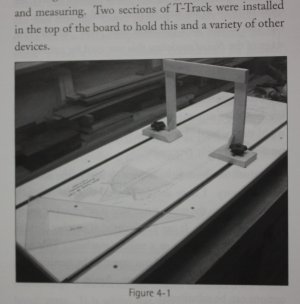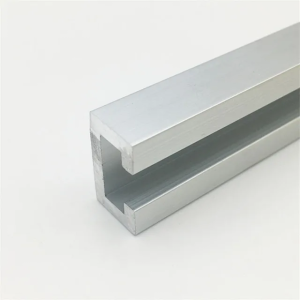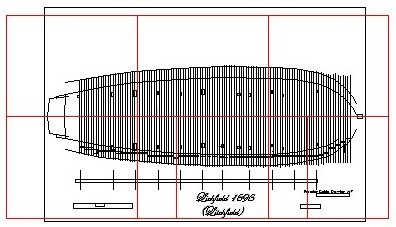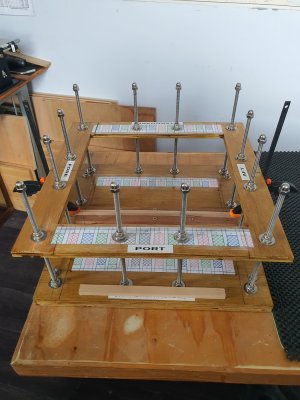- Joined
- Aug 4, 2023
- Messages
- 11
- Points
- 8

This will be my first attempt at scratch building. The project is the Hayling Hoy using David Antscherl's plans and book. I'm definitely in the planning stage, gathering materials and information. Regarding the building board, what type of adhesive do you use to stick the plans on the board. I have made several copies of the plans and want to copy on the board to assist with most aspects of the build. But I don't want the plans to stretch or alter and it needs to be perfectly flat. Is there a specific glue type I should be using?
Thanks,
Dave
Thanks,
Dave









